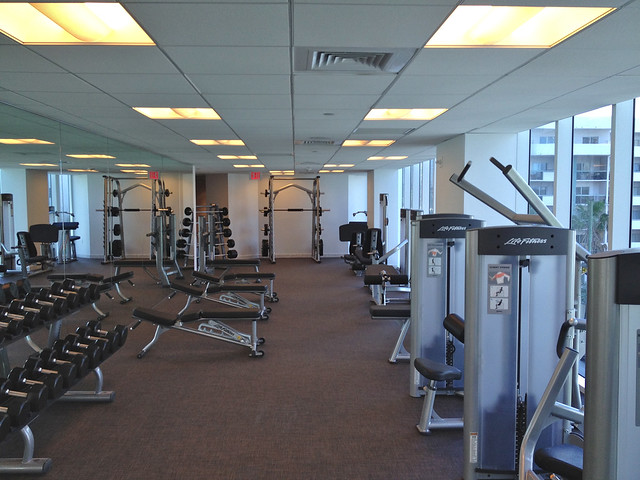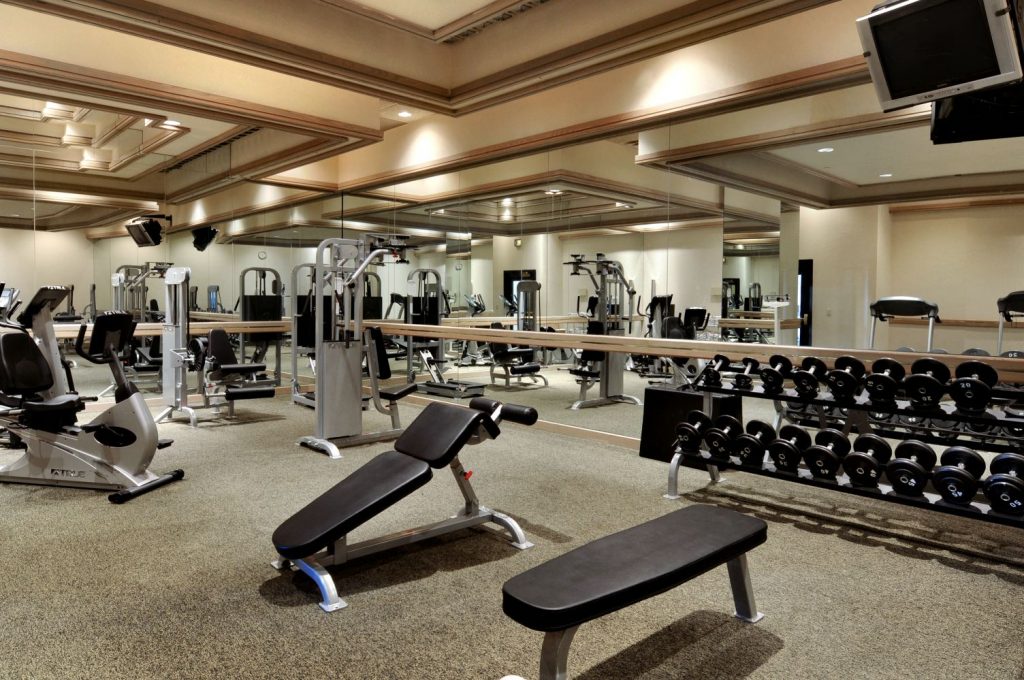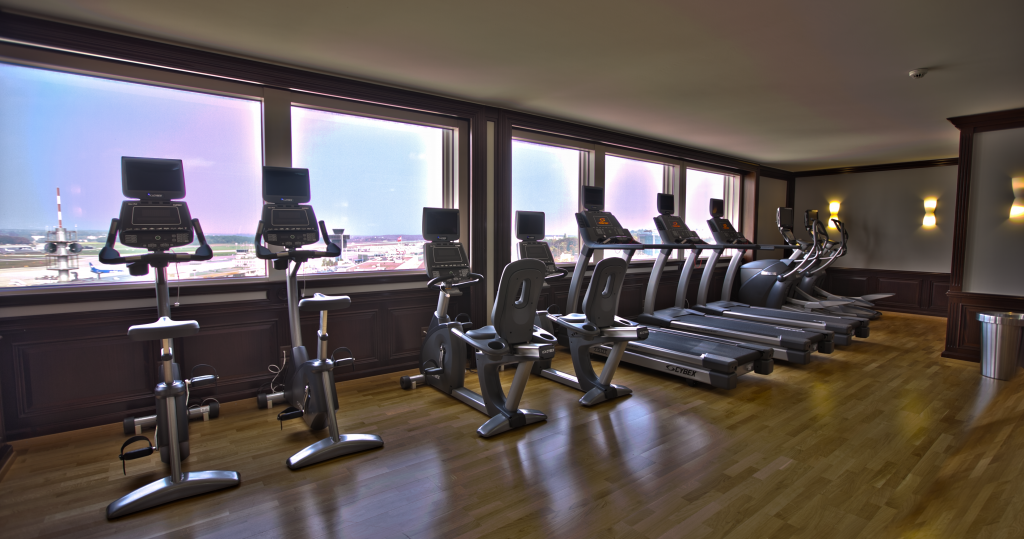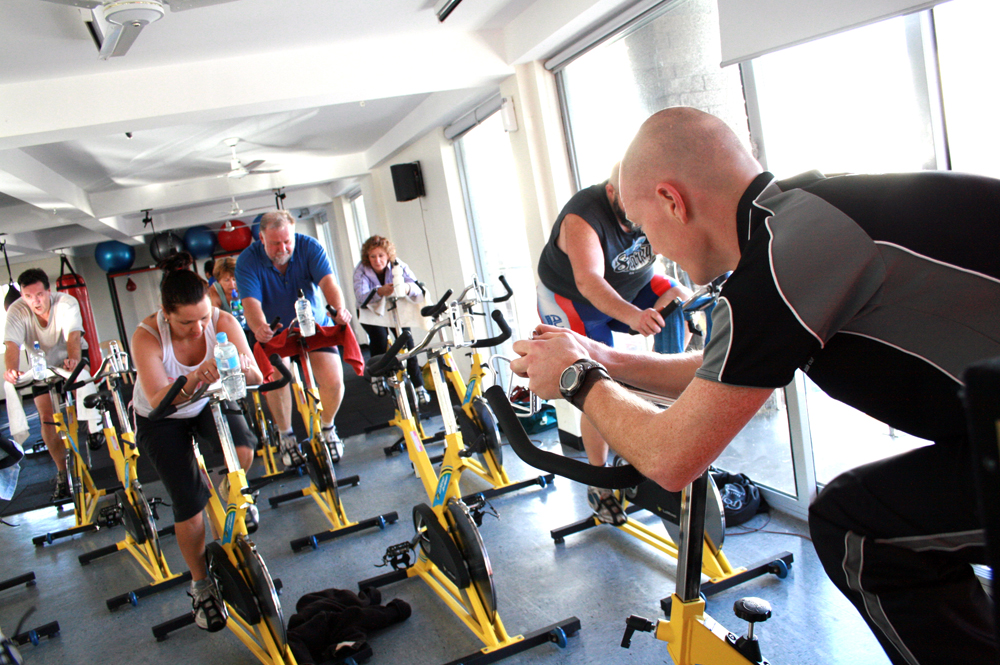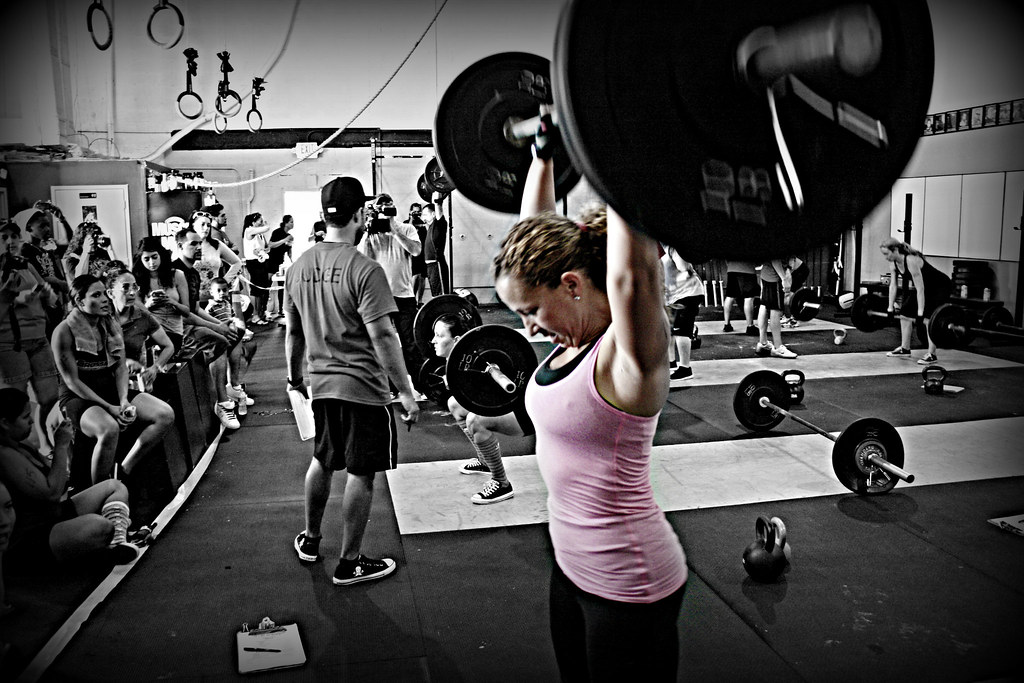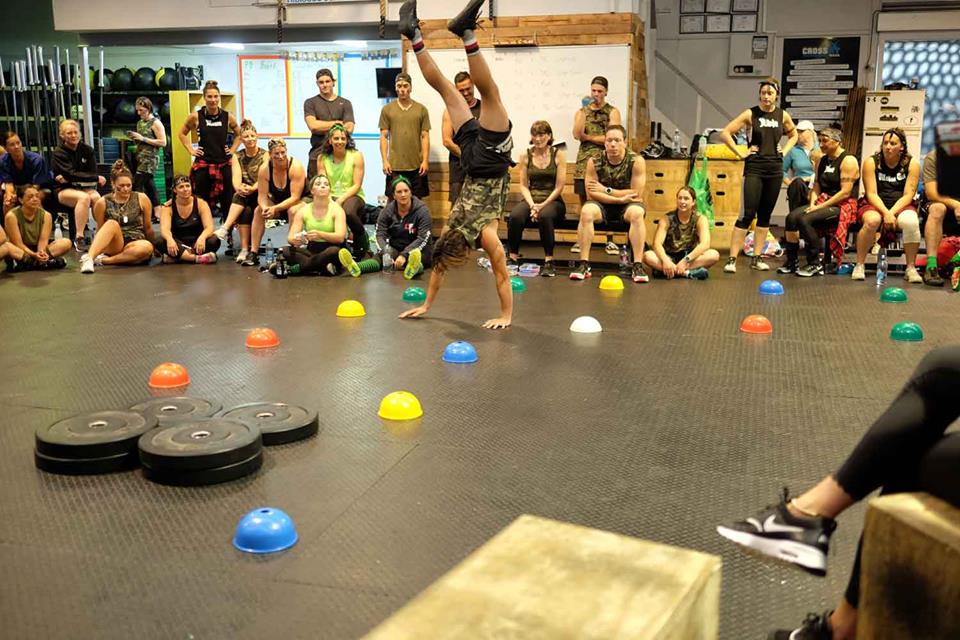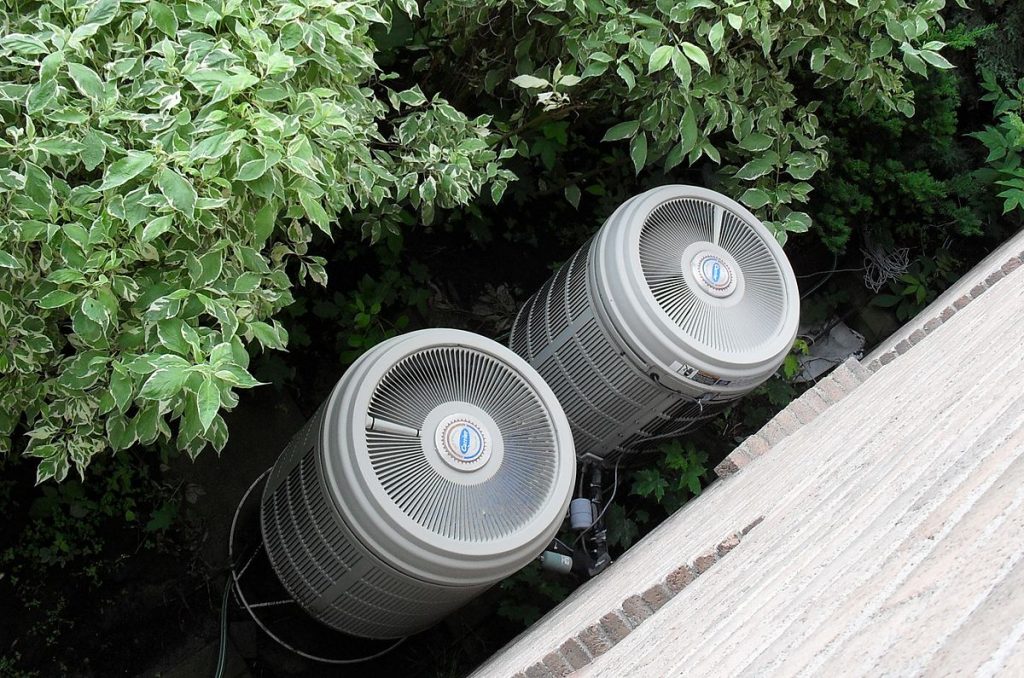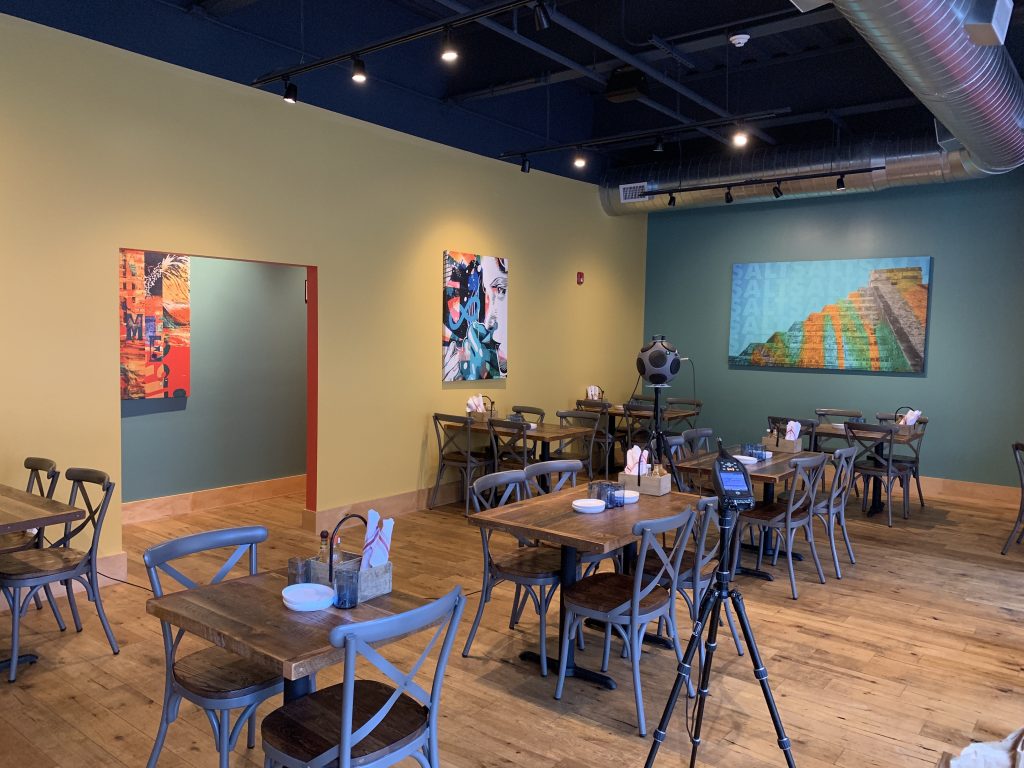Building Acoustics, Noise & Vibration Measurement, and Air Quality Consulting Testing Services
We offer a wide variety of acoustical (sound), vibrational and air quality field testing protocols and consulting services worldwide.





Click on any of the below links for more information on acoustical, vibrational, and air quality consulting services that we provide:
- ICD 705 compliant testing of SCIF and SAPF facilities (ASTC, NIC, OITC)
- Building Acoustics Measurements including ASTC, AIIC, OITC, and RT
- Review of building plans for acoustical security and resistance to sound transmission
- Modeling of STC, IIC, and OITC ratings of floors, ceilings, walls, and window assemblies
- Sound infiltration and leak detection (Sound Intensity Image Mapping)
- Speech Intelligibility Testing for privacy assurance and message intelligibility
- Consultation for Homeowner’s Associations (HOA’s) for noise (sound) and vibrational issues
- Noise Dosimetry Testing for measurement of personal noise (sound) exposure levels (TWA/PEL)
- Noise (Sound) Surveys of buildings, machinery, neighborhoods, and nuisance noises
- Vibrational Measurement of machinery, buildings, and construction sites
- Indoor air quality testing – testing for all major indoor air quality factors
- Air Quality Testing (indoor and outdoor) as per OSHA requirements
- Elevator ride quality testing – testing to ISO specifications of vertical transportation systems
- Sound Intensity Testing of machinery (for ISO noise declarations
On-Site Acoustic Testing can provide sound and noise testing according to ASTM (for United States), ISO (for EU), as well as JIS, DIN, and other worldwide standards.
Our consultants have performed testing for government, military, commercial, industrial, architectural, and residential clients worldwide.
Use the convenient form below to contact us regarding your specific project requirements:
Previous Clients Include
Or feel free to contact us at 1-800-665-0080 to speak directly with a consultant regarding your noise, vibration, nuisance sound, or building acoustics project.
Please note: Noise and sound consulting services provided by On-Site Acoustic Testing are performed by On-Site Acoustic Testing consultants and/or employees and never outsourced to third parties.












